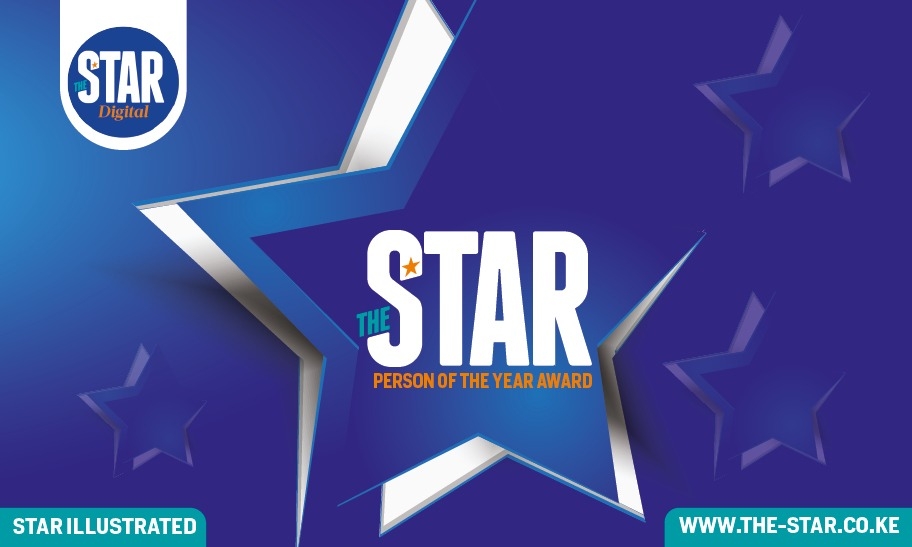
 Queenter Mbori, ED, Association of Media Women in Kenya (AMWIK)/HANDOUT
Queenter Mbori, ED, Association of Media Women in Kenya (AMWIK)/HANDOUT
The media has always reflected Kenya’s triumphs and struggles. It plays a crucial role in protecting democracy from the grassroots to the national level.
As Canadian philosopher Marshall McLuhan said, “the media is an extension of ourselves,” influencing how we understand society and hold those in power accountable. This responsibility is even more significant during tense times such as conflict, disasters, and elections, when public trust and the future of democracy rely on timely, accurate, and unbiased reporting.
Kenya's media journey is tied to its democratic development. From colonial-era repression, when the press was heavily controlled to serve state interests, to the growth of radio and print after independence, Kenyan media gradually became the people's voice.
During single-party rule, the government used strict censorship. However, with the liberal changes in the 1990s and the constitutional reforms of 2010, a new chapter began.
The 2010 constitution established media freedom in Article 34, banning state interference and guaranteeing independence for the first time. This progress has enabled the press to report the facts and serve as a foundation for democratic checks and balances.
However, restrictive laws and practices remain, making the fight for true press freedom ongoing, especially during political contests.
Technological progress has accelerated changes in the media landscape. Kenya’s 2015 digital migration led to rapid growth, resulting in over182 TV stations, 135 radio stations, 38 print houses, and dozens of strong online outlets by 2025.
Mobile phones and social media have made sharing information easier, giving urban and rural communities quick access to news and different viewpoints. Thus, the media has become vital to national discussions, crisis reporting, and democratic engagement, despite ongoing threats from both state and non-state actors.
With these changes, the risks for journalists have increased. The Media Council of Kenya reported over 50 cases of violations of journalists' safety and security in 2025.
The rise in violence during the Finance Bill protests of 2024, when more than 40 journalists were injured, shows the dangerous environment for those reporting news.
As political tensions rise with the approaching 2027 elections, these threats are likely to increase unless they are addressed proactively.
The safety of female journalists is particularly concerning. Their numbers and presence in national and local media have increased, with more women taking on leadership and reporting roles.
Yet, they face a higher risk, dealing not only with common threats like assault and intimidation but also with gender-based violence, including sexual harassment, threats of sexual violence, and persistent online abuse.
According to AMWIK’s 2024 report on Technology-Facilitated Gender-Based Violence (TFGBV), over 60% of women journalists surveyed reported online harassment.
The research shows that technology and social media can amplify voices but also target women for silencing. “This emerging violence undermines the participation of women journalists in public discussions, threatening democracy itself,” notes the AMWIK report.
The dedication and resilience of Kenya’s female journalists, which is sometimes overlooked, has shaped public debate on important topics, from social justice to legislative changes. Their safety is not just about individual well-being but about maintaining the credibility and inclusivity of our democracy.
To move forward, we need urgent interventions. This includes targeted training in gender-sensitive and election reporting, better safety measures for both physical and online environments, quick support for journalists in danger, and mental health care to address rising stress issues recently highlighted when NTV’s Brygettes Ngana won the Journalist of the Year award.
We must prioritise improved accreditation, better access to election data, and consistent legal reforms to address online and offline attacks. Media stakeholders, government, and civil society must work together to protect the hard-won gains of press freedom and ensure an inclusive media future.
Finally, Kenya is not immune to broader regional threats. The situation in Tanzania, where media suppression and internet shutdowns limited transparency during elections, serves as a warning.
Kenya must build resilience, strengthen accountability, and ensure that no journalist, especially women, is silenced or pushed aside in their mission to report the truth.
As 2027 nears, we must invest urgently and thoughtfully in the safety of our journalists. Our democracy, our voice, and our future depend on it.
Queenter Mbori, Executive Director, AMWIK

















